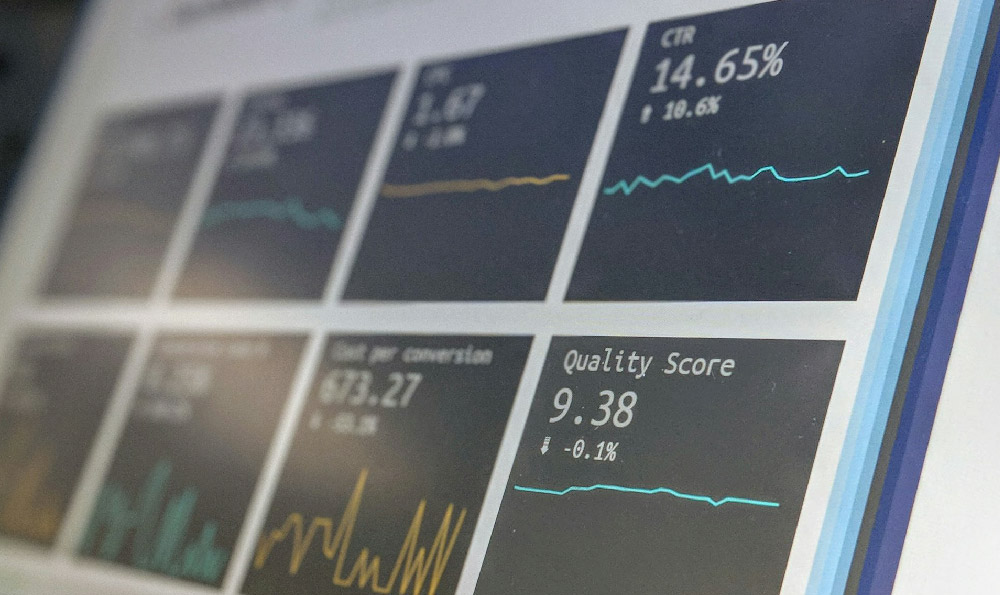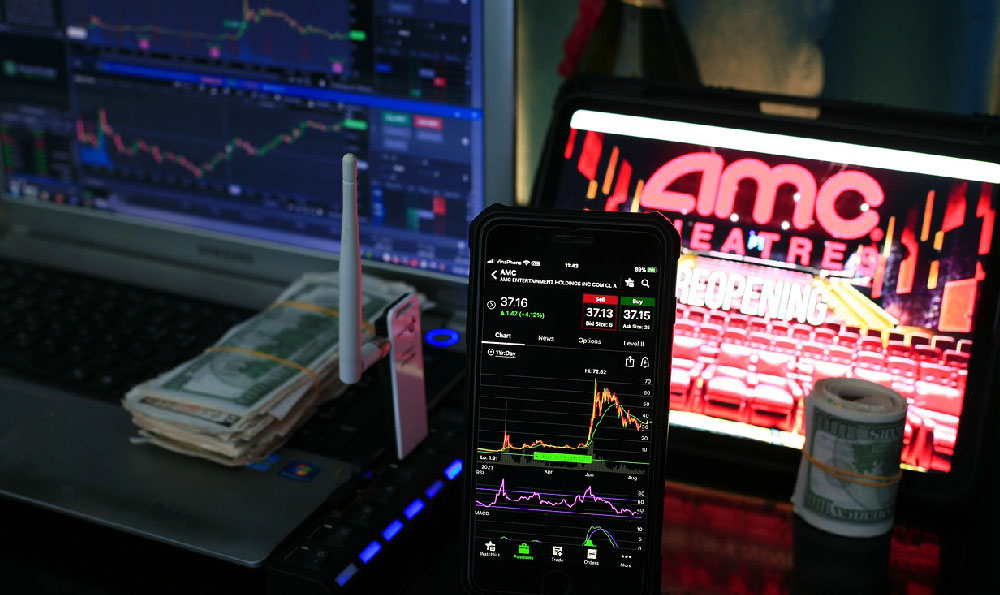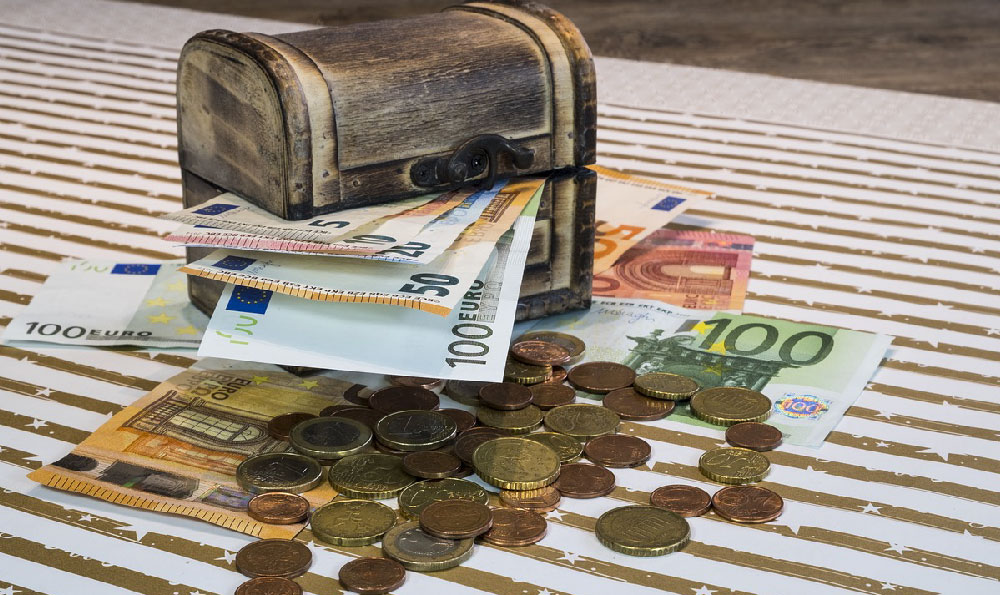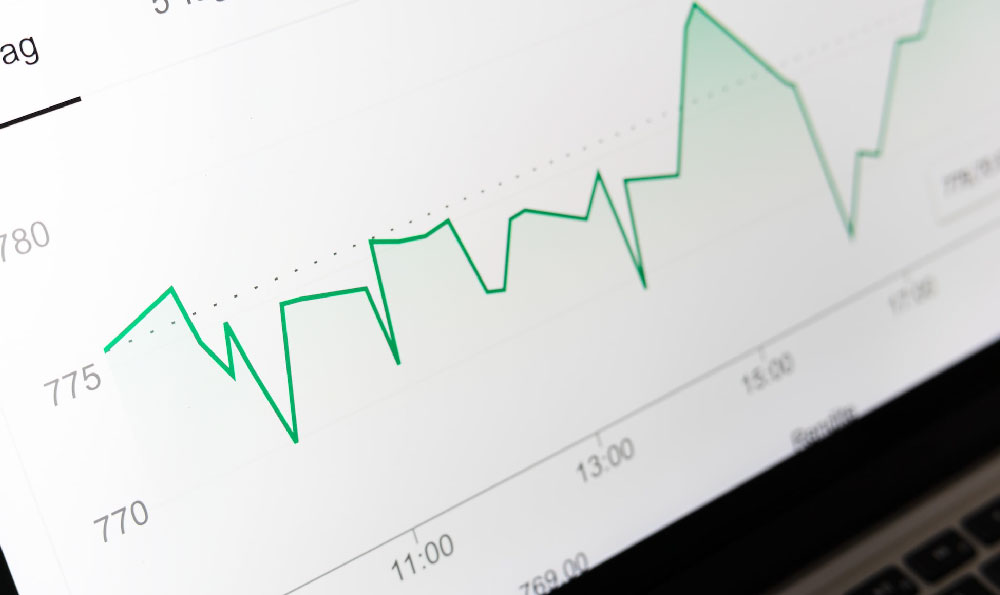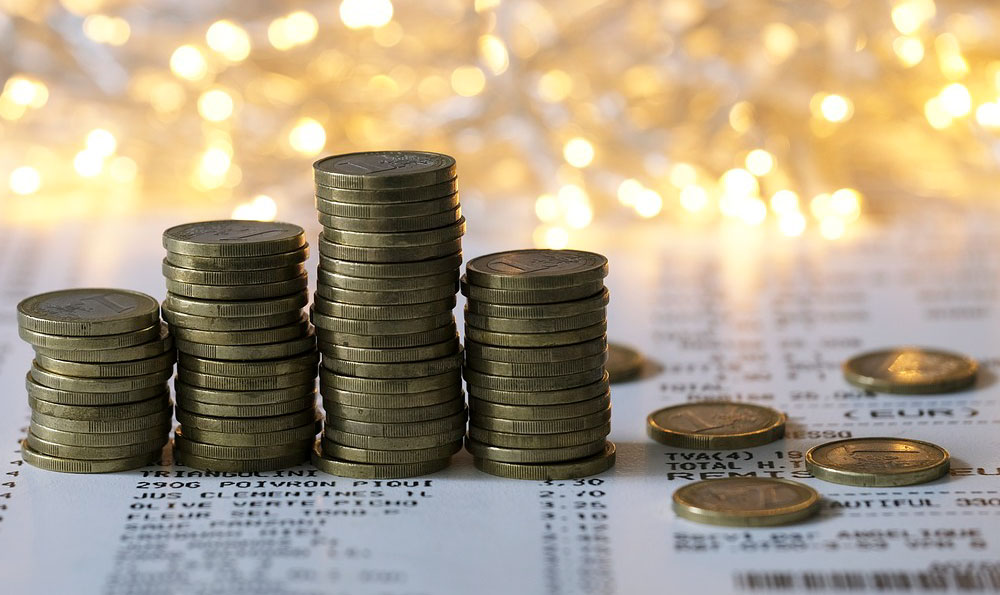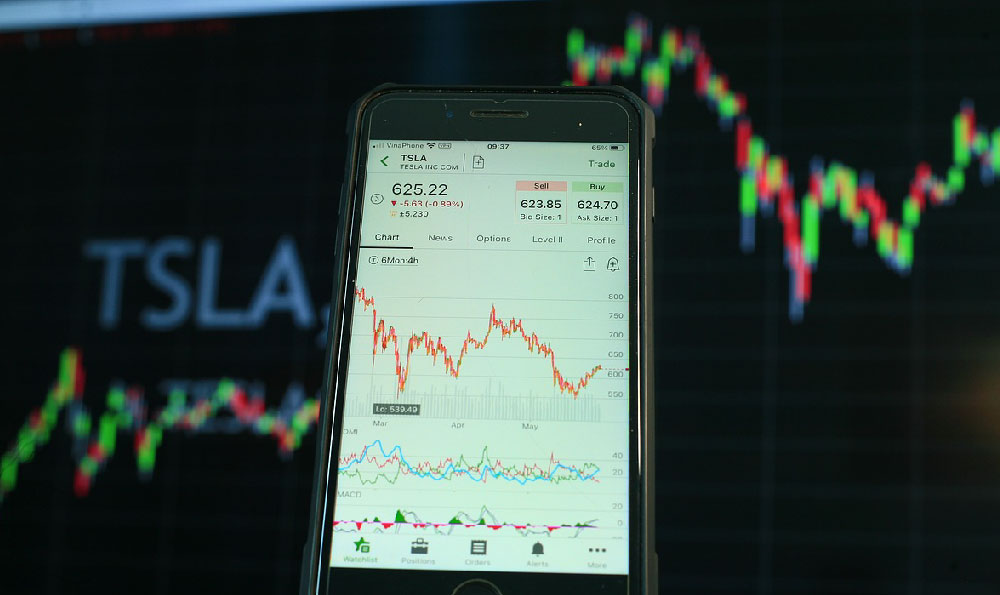Forex trading, or foreign exchange trading, is often touted as a fast track to wealth. The allure of trading currencies around the clock, five days a week, with the potential for high leverage, can be incredibly appealing. However, the reality of forex trading is far more nuanced than the get-rich-quick schemes often advertised. While it's certainly possible to make money trading forex, it's crucial to approach it with realistic expectations, a solid understanding of the market, and a robust risk management strategy.
The forex market is the largest and most liquid financial market in the world, with trillions of dollars changing hands daily. This sheer volume creates opportunities for traders to profit from even small price movements. The basic premise is simple: you buy a currency pair, anticipating its value will increase, or you sell it, betting its value will decline. For instance, if you believe the Euro will strengthen against the US dollar, you would buy the EUR/USD currency pair. Conversely, if you think the Euro will weaken, you would sell the EUR/USD pair.
However, the apparent simplicity masks the underlying complexity. Numerous factors influence currency values, including economic indicators like GDP growth, inflation rates, interest rate decisions by central banks, geopolitical events, and even investor sentiment. Successful forex traders need to be able to analyze these factors and predict how they will impact currency prices. This requires a blend of fundamental analysis, which involves studying economic data and news events, and technical analysis, which involves using charts and indicators to identify patterns and trends in price movements.
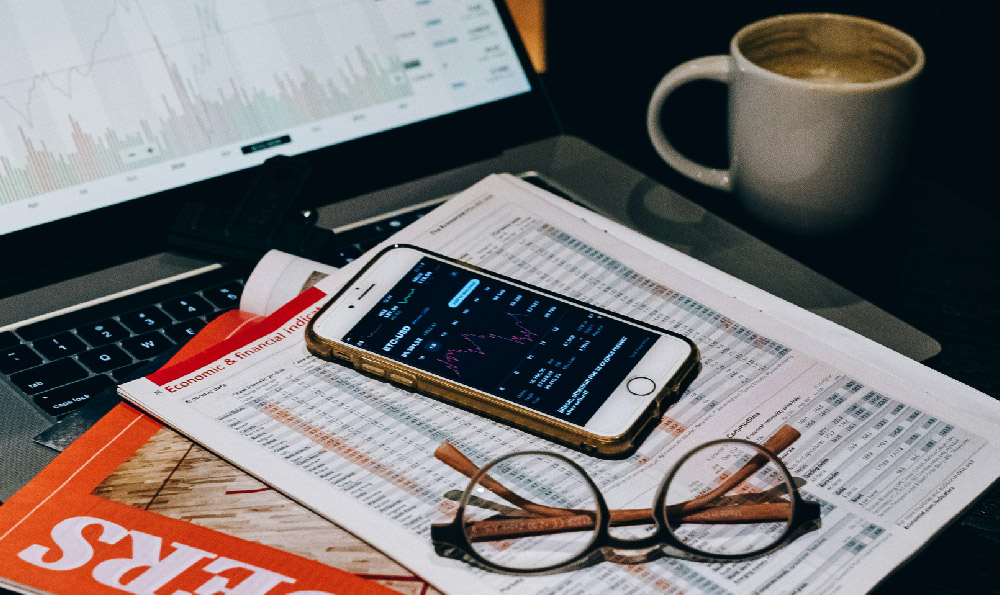
One of the biggest attractions of forex trading is leverage. Leverage allows you to control a large position with a relatively small amount of capital. For example, with a leverage of 1:100, you can control $100,000 worth of currency with only $1,000 in your trading account. While leverage can magnify your profits, it can also magnify your losses. A small adverse price movement can wipe out your entire trading account if you are not careful. This is why risk management is absolutely paramount in forex trading.
Effective risk management involves setting stop-loss orders to limit potential losses, using appropriate position sizing to control the amount of capital you risk on each trade, and diversifying your trades across different currency pairs. A stop-loss order automatically closes your position when the price reaches a certain level, preventing further losses. Position sizing involves calculating the optimal amount of capital to risk based on your account size and risk tolerance. Diversification can help to spread your risk and reduce the impact of any single trade on your overall portfolio.
Furthermore, it's crucial to develop a trading strategy that is tailored to your personality, risk tolerance, and trading style. There are various trading strategies to choose from, including day trading, swing trading, and position trading. Day trading involves opening and closing positions within the same day, aiming to profit from short-term price fluctuations. Swing trading involves holding positions for a few days or weeks, aiming to profit from larger price swings. Position trading involves holding positions for several months or even years, aiming to profit from long-term trends.
Choosing the right trading strategy depends on your time commitment and risk appetite. Day trading requires constant monitoring of the market and quick decision-making, while position trading requires patience and a long-term perspective. It's important to backtest your trading strategy using historical data to see how it would have performed in the past. This can help you to identify potential weaknesses in your strategy and refine it before risking real money.
Moreover, continuous learning is essential for success in forex trading. The market is constantly evolving, and new information and techniques are always emerging. Staying up-to-date with the latest economic news, market trends, and trading strategies is crucial for maintaining a competitive edge. There are numerous resources available to help you learn about forex trading, including online courses, books, articles, and webinars.
Choosing a reputable broker is also a critical step. Look for a broker that is regulated by a reputable financial authority, offers competitive spreads and commissions, provides a user-friendly trading platform, and offers excellent customer support. Avoid brokers that promise unrealistic returns or use aggressive marketing tactics.
The reality is that most retail forex traders lose money. Studies have shown that a significant percentage of retail traders are unprofitable. This is often due to a lack of knowledge, poor risk management, and emotional decision-making. Trading based on emotions like fear and greed can lead to impulsive decisions and costly mistakes. It's important to develop a disciplined approach to trading and stick to your trading plan, even when the market is volatile.
Making money in forex trading is definitely possible, but it requires dedication, hard work, and a long-term commitment. It's not a get-rich-quick scheme, and it's important to approach it with realistic expectations. By developing a solid understanding of the market, implementing a robust risk management strategy, and continuously learning and improving your skills, you can increase your chances of success in the world of forex trading. Remember to start small, practice with a demo account before risking real money, and never invest more than you can afford to lose. The path to profitable forex trading is a marathon, not a sprint.


